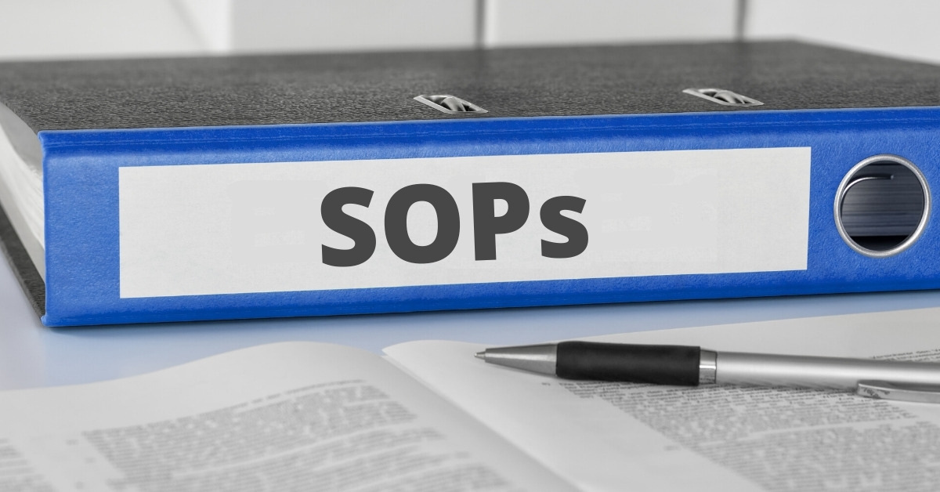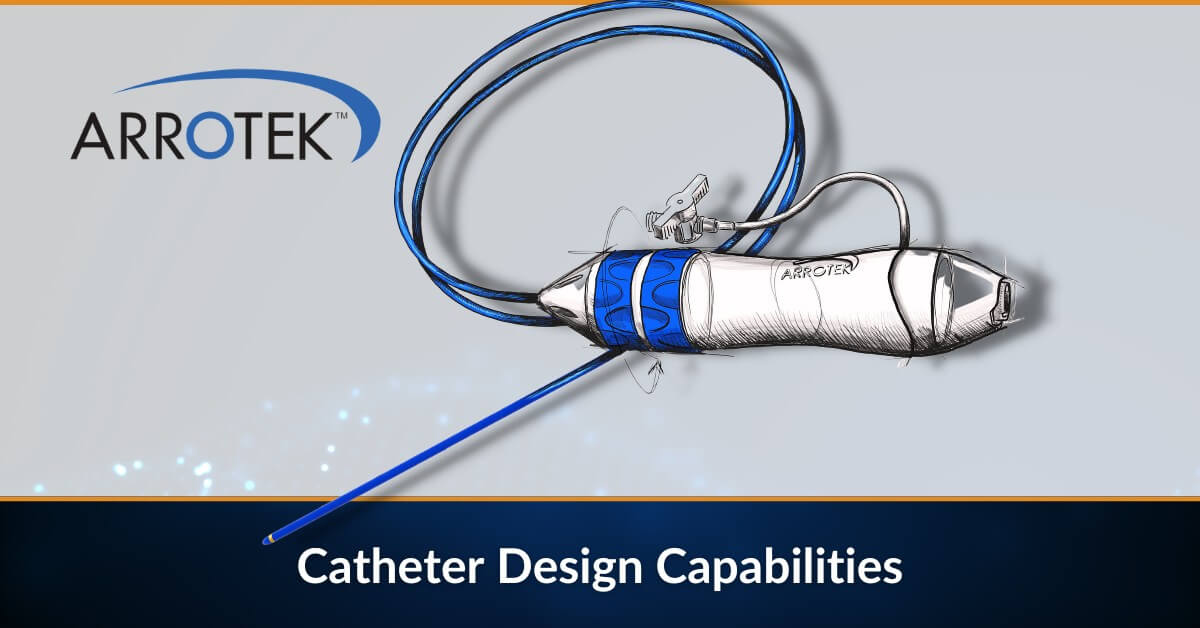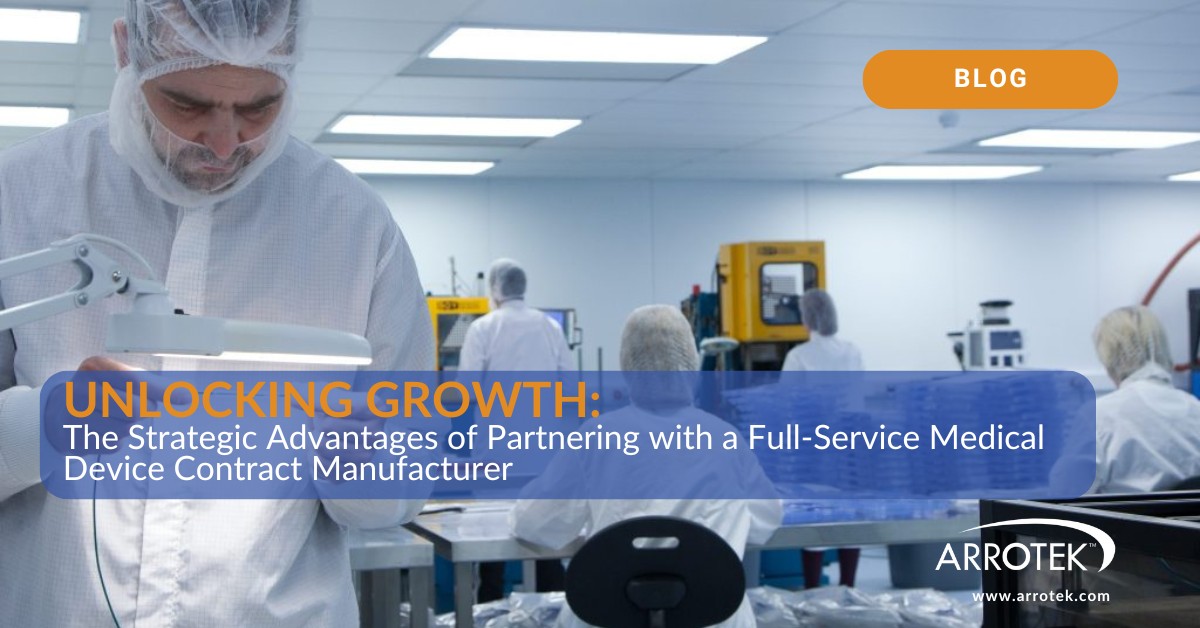When you design and develop a new medical device product, you must establish, manage, and enforce standard operating procedures, otherwise known as SOPs. What are SOPs, though, why do you need them, when do you need them, and what do you need to do?
Before getting into those questions, let’s look first at why SOPs are important even when you are at the early stages of developing your concept for a new medical device.
Having SOPs in place and enforcing them is a requirement of regulators around the world, including in Europe and the US. More specifically, SOPs are part of your quality management system, another key requirement of regulators.
What Are SOPs?
SOPs are written, step-by-step instructions on the procedures that must be followed to perform specific tasks.
Crucially, you must have separate SOPs in place for all tasks carried out in relation to your medical device product. This includes tasks that would be similar to all medical devices, such as document controls, as well as tasks that will be unique to your product, such as manufacturing and risk management.
SOPs aren’t just documents that go into a file to be checked by regulators, though. Instead, they should be living documents in your organisation, followed by members of your team when completing tasks. They should also be kept up to date.
Why Do You Need SOPs?
The primary purpose of SOPs is to ensure the proper completion of tasks in relation to your medical device. They also ensure consistency in the completion of tasks. In theory, it shouldn’t matter who is completing the task. As long as the individuals involved follow the relevant SOP, the task should be completed correctly.
The ultimate goal is to ensure safety and maintain quality.
What is Included in a SOP?
Each SOP you create should feature several essential sections. This includes:
- Purpose of the SOP
- Scope of the SOP
- Roles and responsibilities in relation to the task covered by the SOP
- Procedure to be used to complete the task
Other information is required as well, but the medical device company you are working with to develop your new product will help you through this process. They will have templates that will form the basis of your SOPs, plus your medical device product designer will provide much of the required information.
One thing that is important to point out, though, is that you not only have to keep SOPs up to date, you also need to document the revisions you make. So, you need to keep a revision history of each SOP.
What Do You Need to Do and When?
You will have ongoing requirements in relation to SOPs for your medical device, but it’s important to get started with the creation of SOPs during the design stage. In other words, as early as possible.
Documentation isn’t one of the most exciting parts of developing a new medical device, but it is an essential part. The medical device design company you work with will help you through the process. At Arrotek, for example, we have a lot of experience creating quality management systems that include SOPs and all other necessary documentation.
Finally, when creating each individual SOP, make sure you do so from the perspective of the people who will be using them, i.e. the members of your team completing the tasks covered in the SOPs. This means writing procedures clearly and making sure you cover each required step. The goal is to avoid confusion as much as possible.
This will not only help meet your regulatory requirements, but it will reduce risks, maximise productivity, ensure safety, and maintain quality standards.





